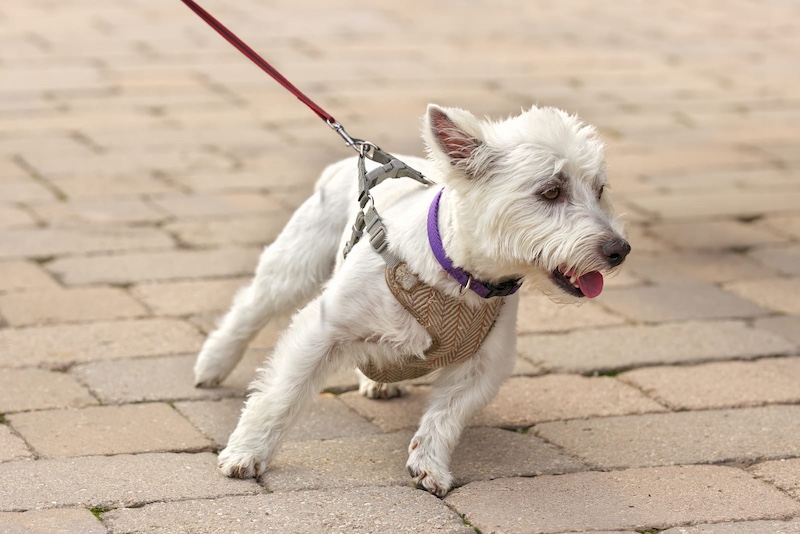Walking your dog should be an enjoyable experience for both of you, but if your furry friend pulls on the leash, it can turn into a frustrating ordeal. Teaching your dog to walk politely on a leash takes patience and consistency, but with the right techniques, you can transform those walks into a pleasant bonding time. Here’s how to train your dog to stop pulling on the leash.
Choose the Right Equipment
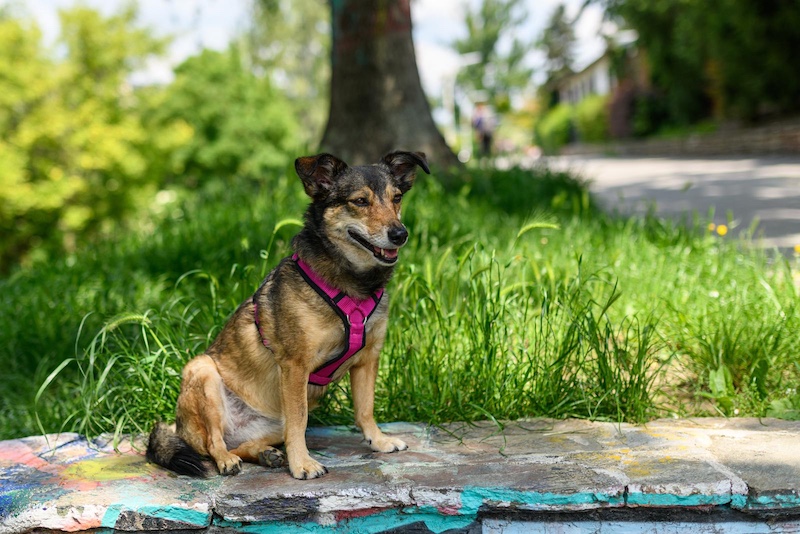
Before starting training, ensure you have the right equipment. A well-fitted harness or a head collar can help reduce pulling more effectively than a standard collar. Harnesses distribute pressure across the dog’s body, making it more comfortable and safer, while head collars provide gentle guidance to redirect your dog’s attention. Avoid retractable leashes, as they can encourage pulling and make it harder to control your dog.
Use Positive Reinforcement

Positive reinforcement is one of the most effective training methods. Reward your dog with treats, praise, or playtime when they walk calmly beside you. Start by walking in a quiet area with minimal distractions. When your dog walks beside you without pulling, give them a treat and praise them enthusiastically. This approach encourages your dog to associate loose-leash walking with positive experiences.
Practice the “Stop and Go” Technique
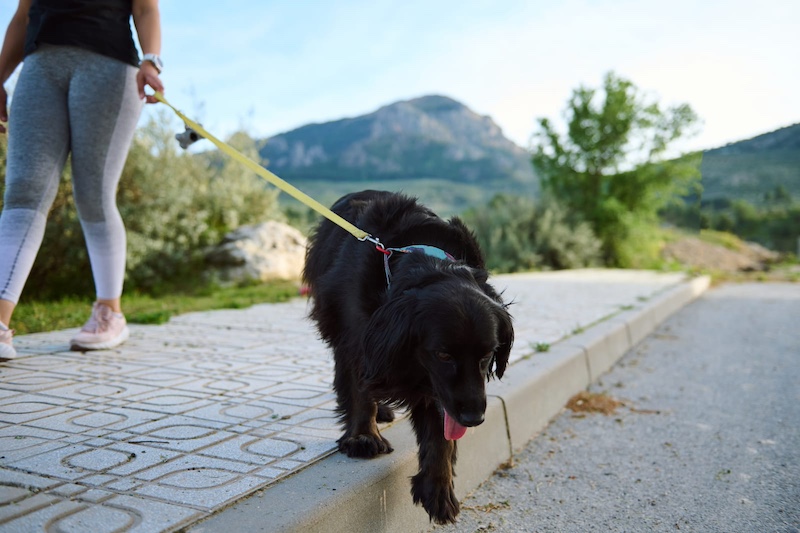
The “stop and go” technique can be particularly effective for teaching your dog to pay attention to you while walking. When your dog starts to pull, stop walking immediately. Stand still and wait for your dog to return to your side or relax the tension on the leash. Once they do, praise them and continue walking. This method teaches your dog that pulling doesn’t get them where they want to go; only walking nicely does.
Change Directions
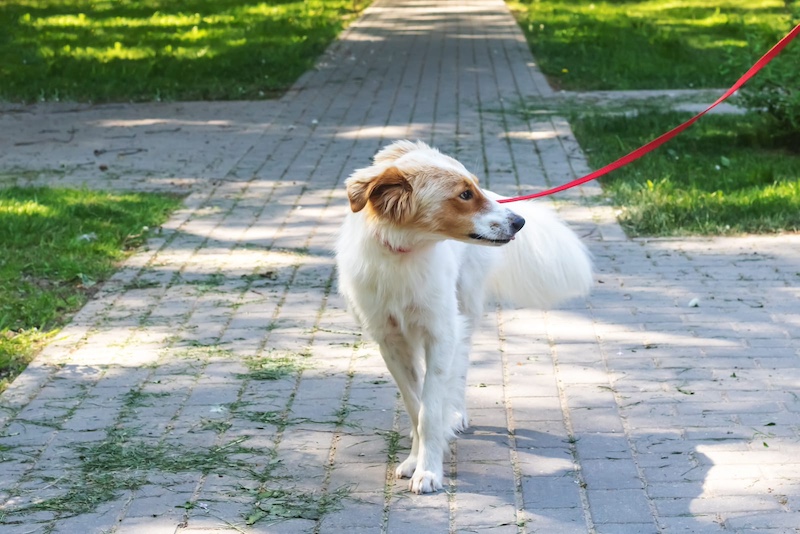
Another useful technique is to change directions suddenly while walking. If your dog pulls ahead, turn in the opposite direction. This will surprise your dog and force them to pay attention to your movements. When they follow you instead of pulling, reward them with treats and praise. This method reinforces the idea that walking alongside you is more rewarding than leading the way.
Keep Training Sessions Short and Fun
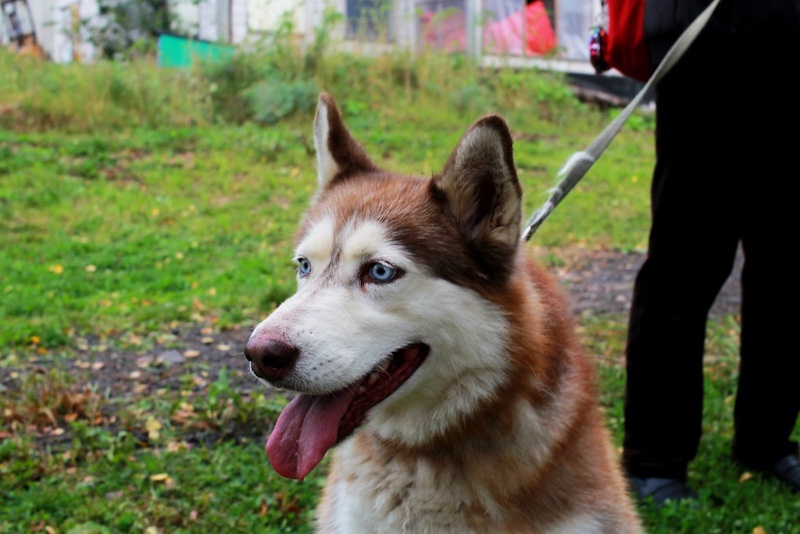
Training should be enjoyable for both you and your dog. Keep sessions short, around 5-10 minutes, especially at the beginning. Gradually increase the length of your walks as your dog becomes more accustomed to loose-leash walking. Ending each session on a positive note helps maintain your dog’s enthusiasm for training.
Be Consistent and Patient
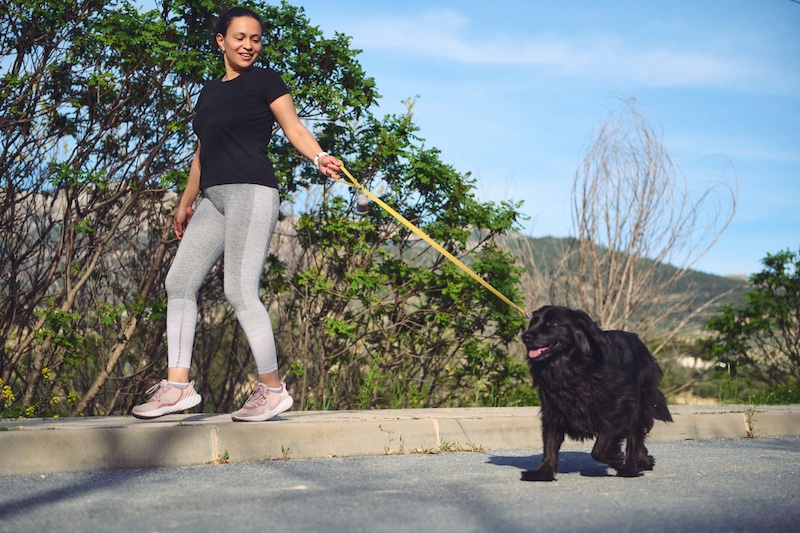
Consistency is key when training your dog. Use the same commands and techniques during every walk to help your dog understand what is expected of them. Be patient, as it may take time for your dog to learn not to pull. Celebrate small victories along the way, and remember that every dog learns at their own pace.
Seek Professional Help if Needed

If you’re struggling to train your dog to stop pulling on the leash, don’t hesitate to seek help from a professional dog trainer. They can provide personalized guidance and techniques tailored to your dog’s needs. Please Note: This content was created with the assistance of AI and thoroughly edited by a human before publishing.

